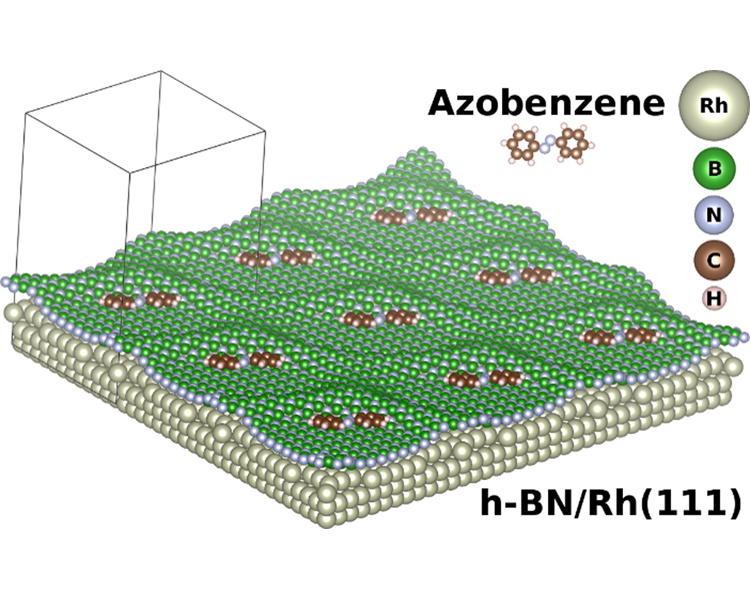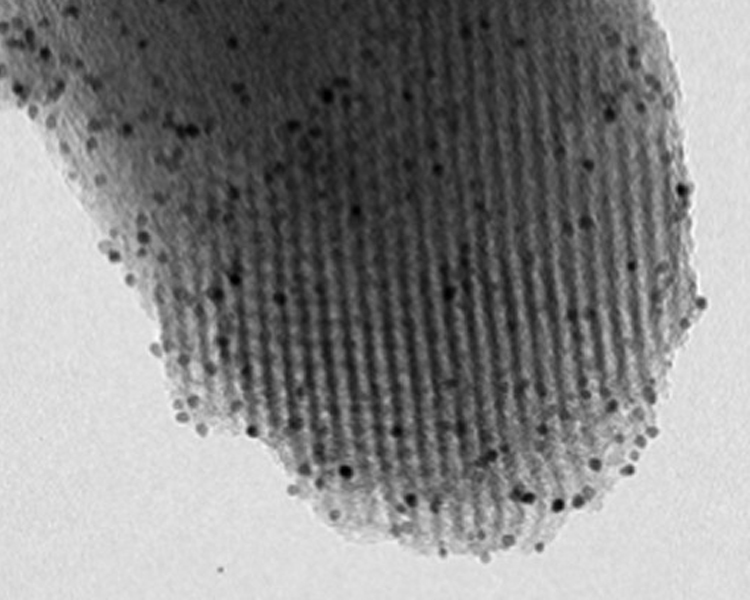Scientific Summary of Nanotubes
Nanotubes, particularly carbon nanotubes (CNTs), are cylindrical nanostructures with unique mechanical, electrical, and thermal properties. They consist primarily of carbon atoms arranged in a hexagonal lattice, forming a tubular structure. Since their discovery in the early 1990s, nanotubes have captivated researchers due to their potential applications in various fields, including materials science, electronics, energy storage, and biomedicine.
Types of Nanotubes:
- Single-Walled Carbon Nanotubes (SWCNTs): Comprising a single layer of graphene rolled into a tube, SWCNTs exhibit unique electronic properties that can range from metallic to semiconducting behavior depending on their chirality (the angle at which the graphene is rolled).
- Multi-Walled Carbon Nanotubes (MWCNTs): Consisting of multiple concentric graphene cylinders, MWCNTs typically exhibit enhanced mechanical strength and thermal conductivity compared to SWCNTs, but they may have less pronounced electronic properties.
Properties:
- Mechanical Properties: Carbon nanotubes possess extraordinary tensile strength and elasticity. They can withstand large amounts of stress without breaking, making them suitable for reinforcing materials in composites.
- Electrical Properties: CNTs can conduct electricity better than copper, with room for significant applications in nanoelectronics, including transistors and conductive materials.
- Thermal Properties: They exhibit high thermal conductivity, particularly in the axial direction, making them useful for thermal management in electronic devices.
- Chemical Properties: CNTs have a large surface area and can be functionalized with various chemical groups, enhancing their reactivity and potential for use in drug delivery systems.
Synthesis Methods:
The synthesis of nanotubes can be achieved through several methods:
- Chemical Vapor Deposition (CVD): A widely used technique that enables control over the size, alignment, and density of the nanotubes.
- Arc Discharge: Involves sending an electric current through carbon rods, leading to vaporization and subsequent deposition of carbon atoms into nanotubes.
- Laser Ablation: Involves vaporizing carbon with a high-energy laser, followed by condensation into nanotube structures.
Applications:
- Nanocomposites: CNTs are incorporated into polymers and metals to improve mechanical, electrical, and thermal properties.
- Electronics: Used in the development of transistors, sensors, and flexible electronics due to their high conductivity.
- Energy Storage: Employed in batteries and supercapacitors to enhance capacity and charge/discharge rates.
- Biomedicine: Investigated for drug delivery, imaging, and as scaffolds for tissue engineering due to their biocompatibility and functionalization potential.
Challenges and Future Directions: Despite their remarkable properties, the commercialization of nanotubes faces challenges, including production scalability, uniformity, and potential toxicity. Continued research is focused on improving synthesis techniques, understanding the health risks associated with CNT exposure, and developing new applications across various industries.
Conclusion: Nanotubes represent a significant advancement in nanotechnology, with versatile properties and applications. Ongoing research aims to unlock their full potential while addressing safety and environmental concerns, positioning nanotubes as critical components in future technological innovations.
What Makes Us Different
Anim pariatur cliche reprehenderit, enim eiusmod high life accusamus terry richardson ad squid. 3 wolf moon officia aute, non cupidatat skateboard dolor brunch. Food truck quinoa nesciunt laborum eiusmod. Consectetur adipiscing elit. Integer adipiscing erat eget risus sollicitudin pellentesque et non erat tincidunt nunc posuere.
- Partnership Strategy tristique eleifend.
- Opporutnity to work with amet elit a.
- Saving Time to Deal with commodo iaculis.
- Leadership skills to manage erat volutpat.
- Cut cost without sacrificing dolore magna.
- Automate your business elis tristique.



